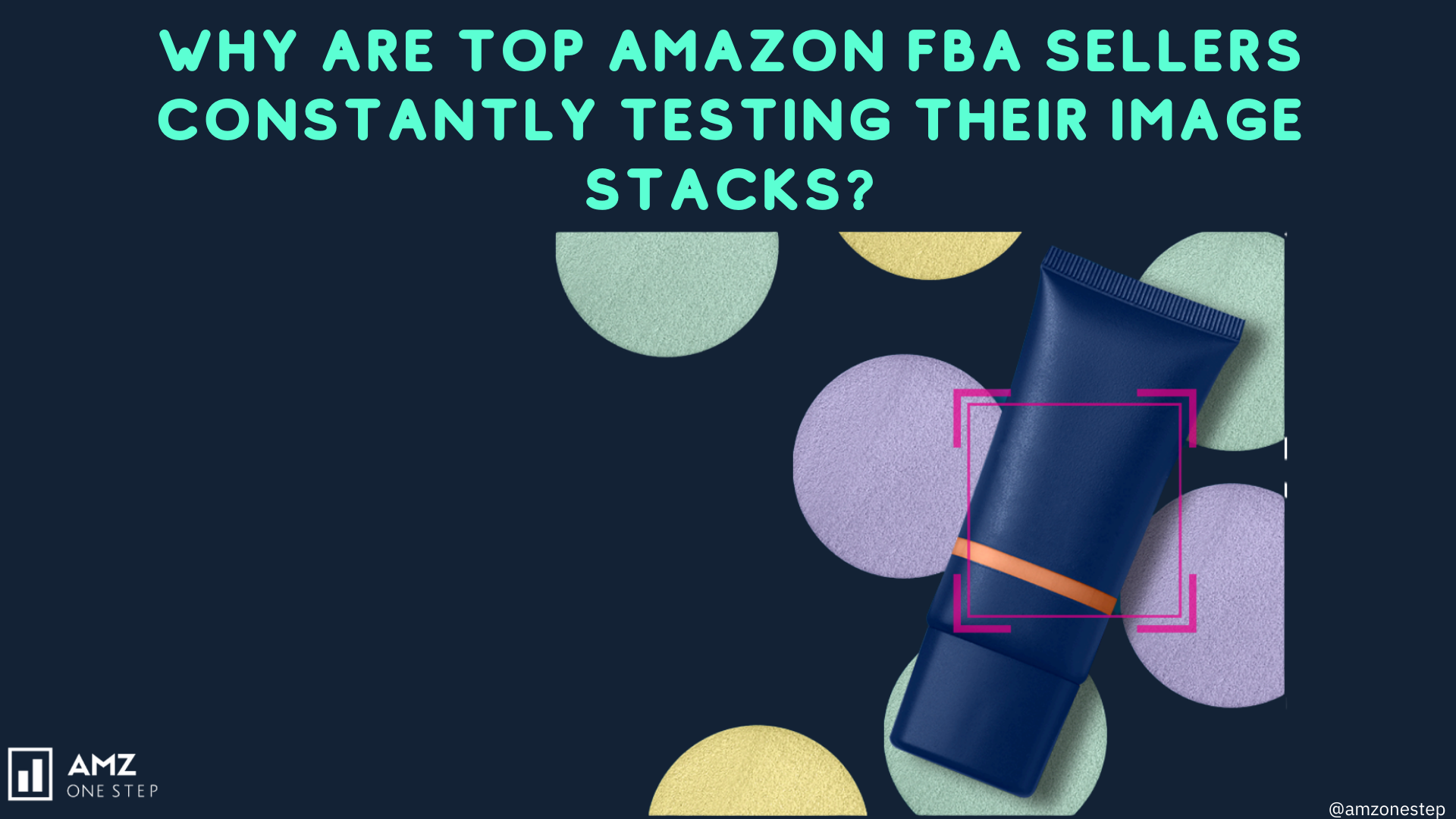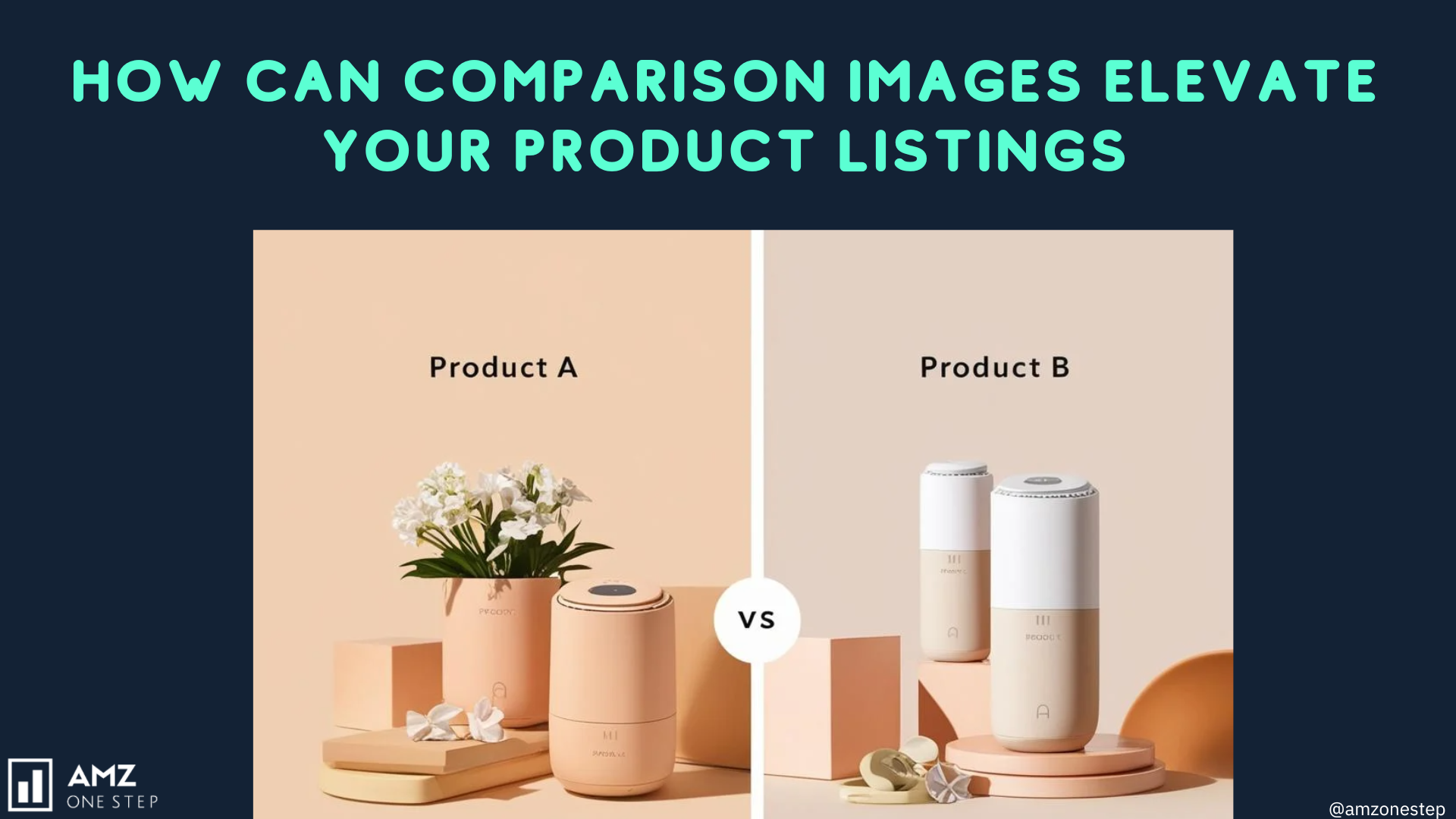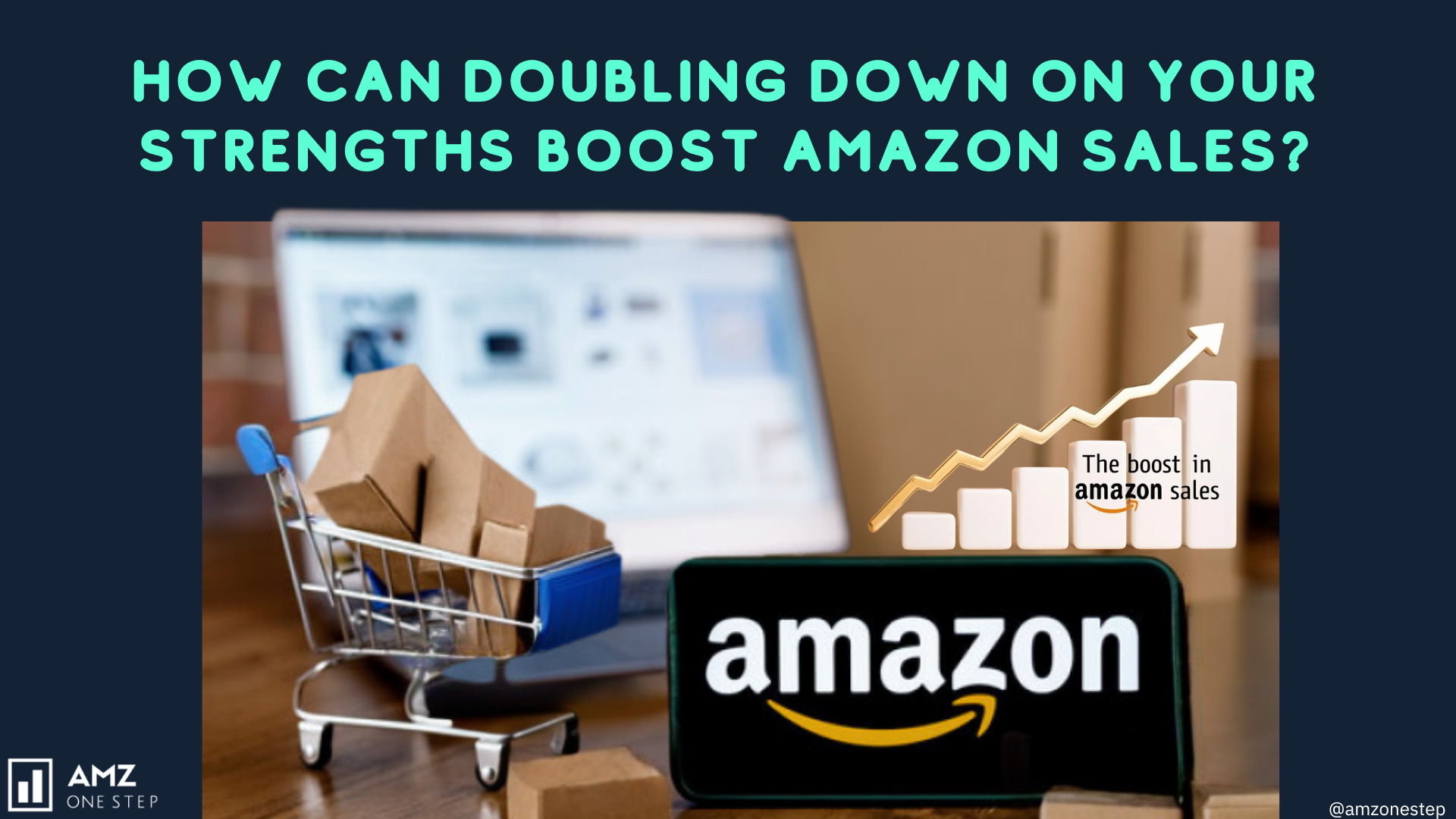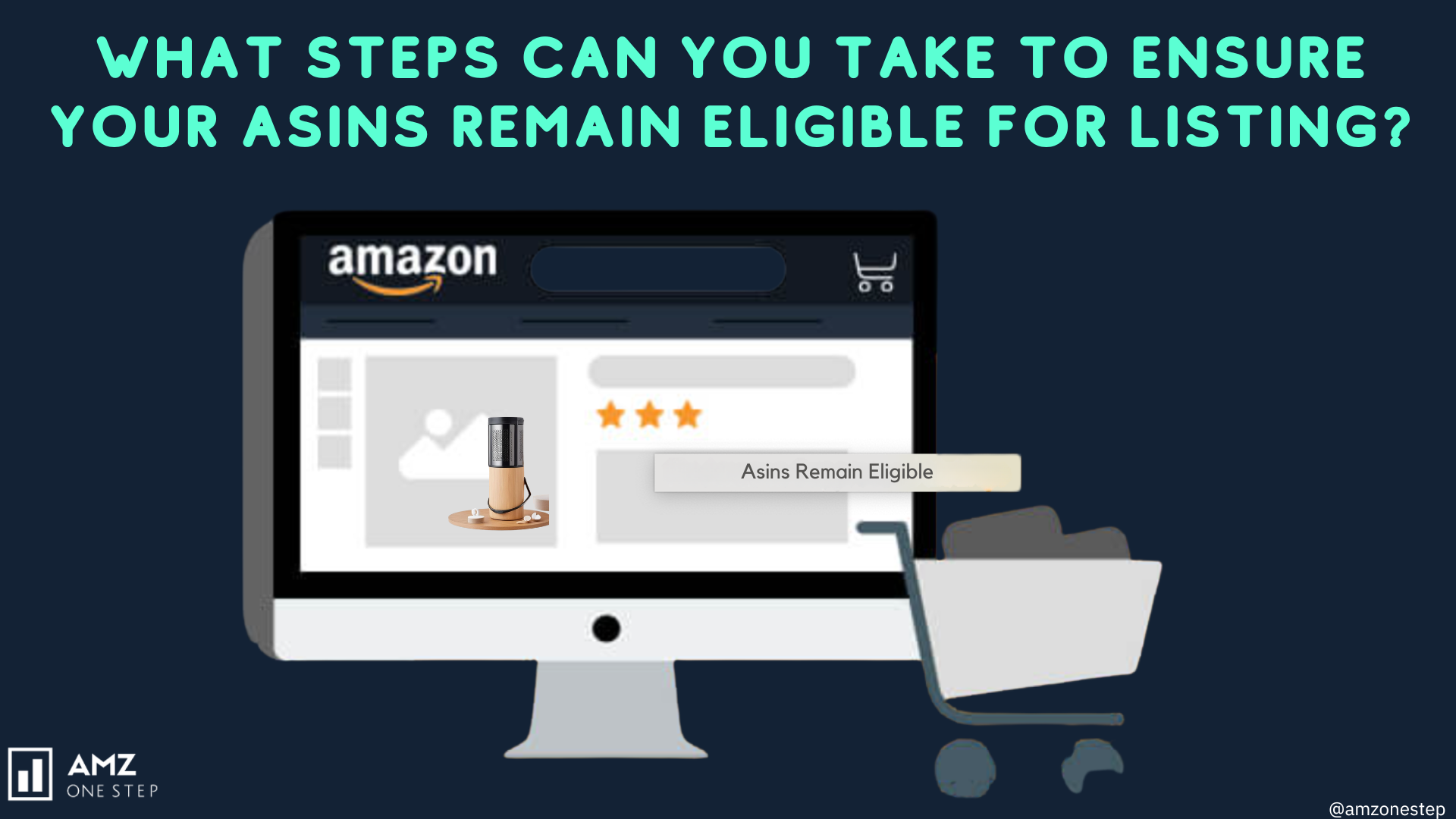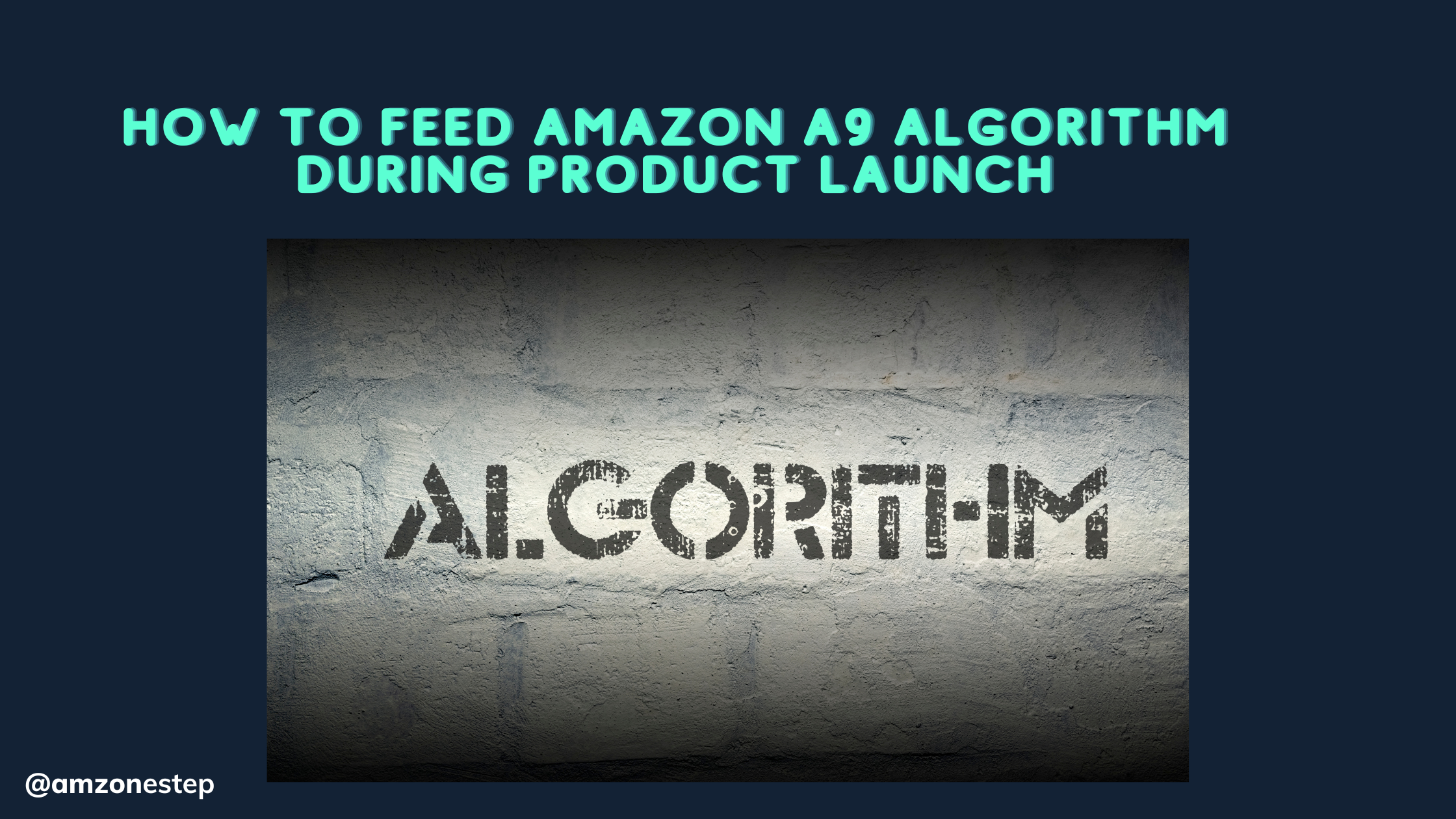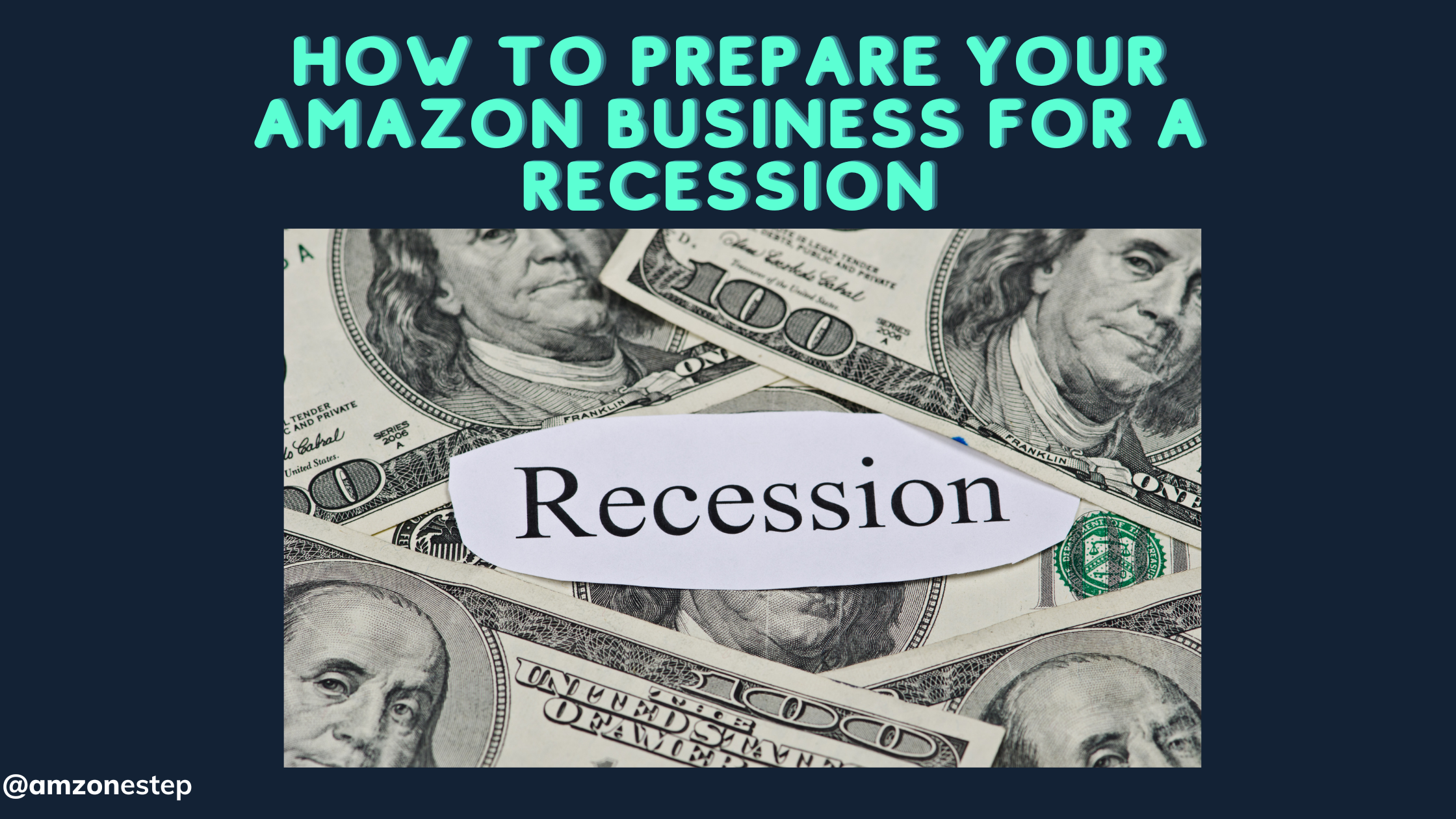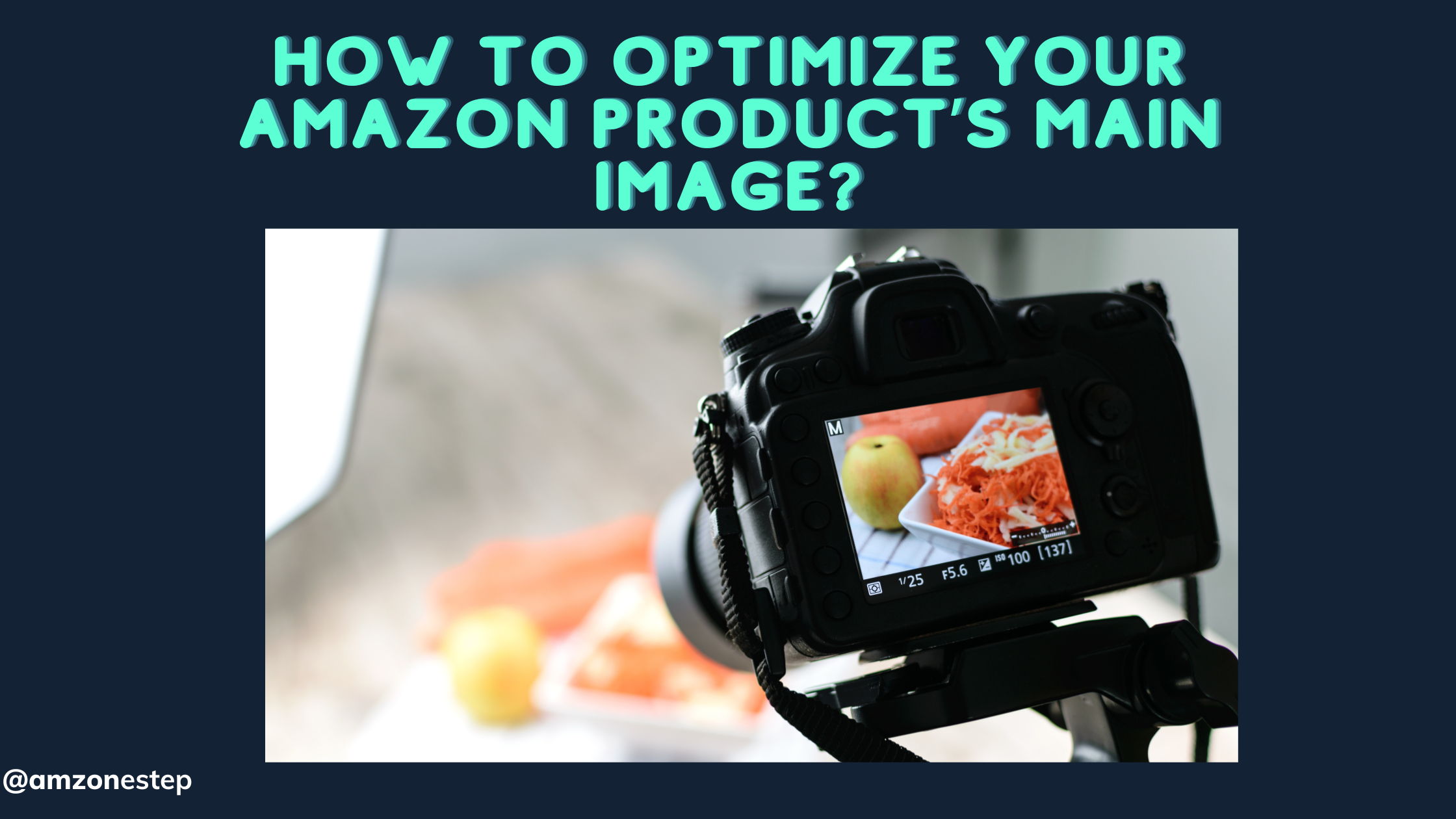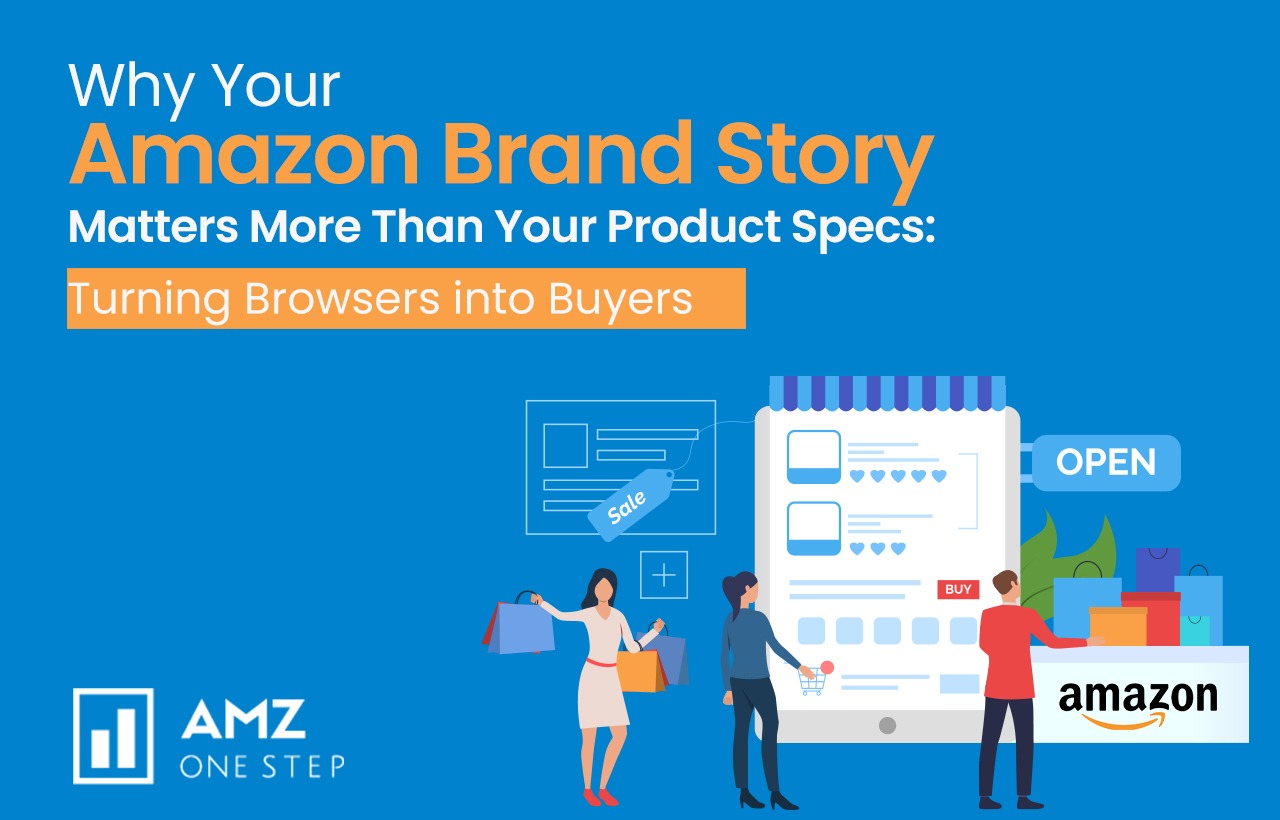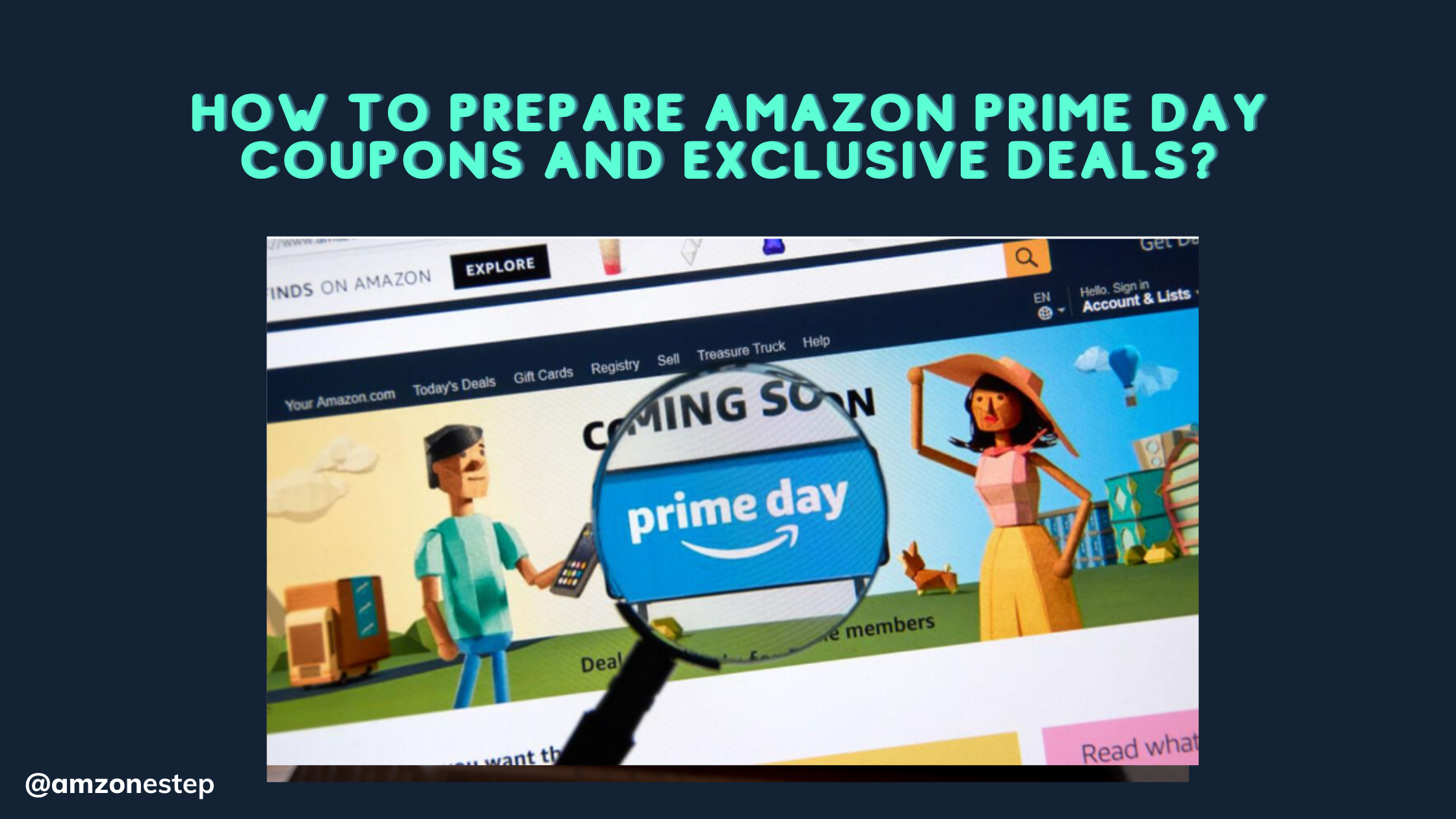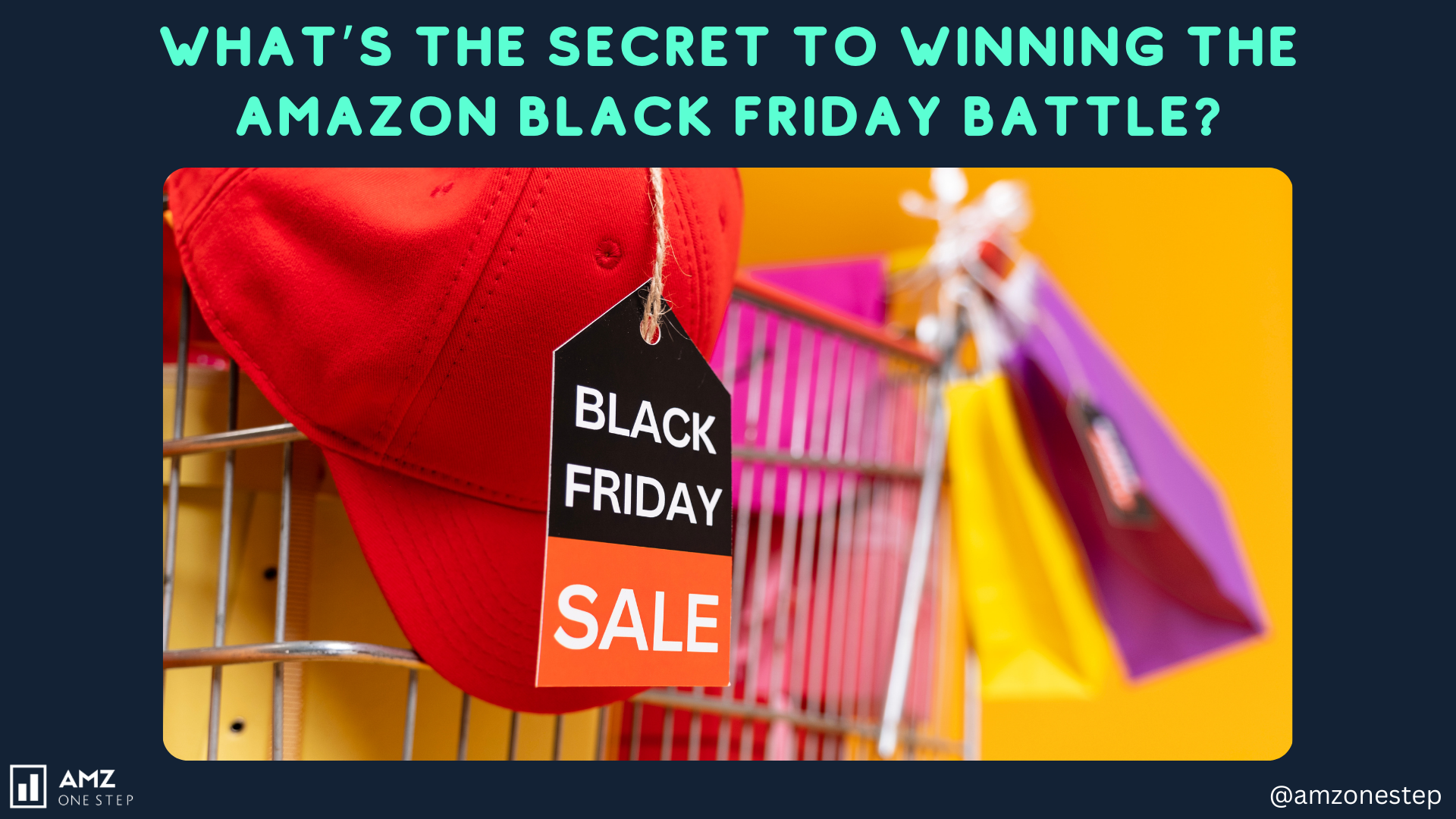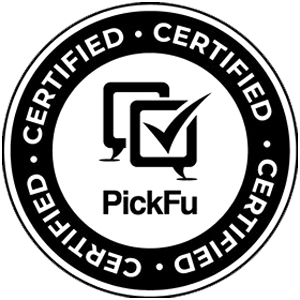”When you’re getting ready to launch into space, you’re sitting on a big explosion waiting to happen.” – Sally Ride, an American engineer, physicist, and astronaut.
So you’ve decided to sell on Amazon. You’ve taken the time to source a potentially great product set up a listing and pressed the button to go live.
It’s time to sit back and watch the money roll in. And then….<sound of chirping crickets>….nothing. The big explosion of profits you were expecting has instead become a “crash and burn” of your time, investment and effort.
Why? Because although you technically launched a product, you didn’t correctly do an Amazon product launch.
Or maybe you did attempt it the proper way, but you made some typical mistakes from a first-time seller.
Whatever you do, don’t panic!
Doing a product launch is one of the biggest keys to success when selling on Amazon. It’s all about putting your product in a position to succeed in front of the shoppers who want to buy it the most.
Position yourself to get lucky, right?
We’re going to simply break down what an Amazon product launch is, why you need to do it, and the 10 most common Amazon product launch mistakes you are making – and how you can fix them to ride the rocket of Amazon seller success.
1. The Coupons are Not Active When Tested.
After submitting a launch, it will show as pending approval from our team. Around 3:00 pm EST in the afternoon, before the launch goes live, our team will test one coupon. If the coupon is activated and set up correctly, we will approve the launch. If there is an issue with the launch, we will deny it and send you a message with the reason as to why. When a promotion is created in Seller Central, Amazon requires a 4-hour window before activation. We strongly suggest inputting the launch after this 4 hour time frame so that there is no chance your coupons are inactive by the time we check them. Even if we check your coupons just one hour before they go live, we will have to deny the whole launch. To avoid coupon issues, we only approve launches with live coupons, so be sure that your coupons are live by the time you’ve submitted the launch for approval!
2. Wrong Launch Duration
They say time flows like a river, but if your launch is too short, it’s going to be more like a puddle. The sweet spot is 8 days. This allows you to build up your ranking, sales history, and reviews in a comfortable manner. If your launch is too short (1-4 days), it’s likely you won’t be able to make your mark and increase your ranking enough for the launch to have been worth it. With a longer period of time (10-12 days), you run the risk of hurting profitability by giving too much inventory away on the cheap
3. Using an Incorrect URL
When you redirect people to purchase your product, simply sending them to your product listing will not help your product rank for your desired keywords. You may get the sale, but not the higher page ranking (which is the whole point of a product launch).
4. Misunderstanding How Amazon Works
Don’t treat Amazon like eBay or Google. Amazon operates on a fundamentally different structure than either of those shopping sites. Be sure your store is capable of handling selling on Amazon, and that your strategy is aligned with Amazon policies- so you get the highest ROI on the Amazon Marketplace. It’s also very important to calculate your Amazon spends, and forecast profit margins before you go full throttle on Amazon.
For more information on the Amazon seller account, and Amazon seller FAQs, visit Amazon’s Seller Account help page.
5. Using Non-Amazon Sanctioned Categories
Amazon stresses that product categories match Amazon’s (Amazon.com) browse tree. Review Amazon’s inventory file template for correct product information formatting, including product title information. (Templates vary based on seller inventory)
6. Poor Cost Calculation
The cost calculation is, of course, part of the preparation process. It is of such high importance that it is listed here individually. A detailed cost calculation already starts with the order quantity of the product. For most suppliers, the purchase price depends on the quantity ordered, thus precise considerations are important here. Is it better to order more and thus lower the unit costs or opt for the “safer” choice? It depends on what the preliminary analysis of the product has revealed. Is the demand high? Is it possible that the product sells rapidly? If you cannot answer these questions for sure, a smaller order is recommended.Next, you should create a cost plan. Relevant key points are:
- Purchasing Price
- Freight Charges
- Customs Duties
- FBA Fees
In order to avoid calculating these costs manually, FBA calculators are helpful. Amazon has its own FBA calculator, but it is not very extensive and does not include customs duties among other things.
With the cost statement, You can now calculate how the product price must be set in order to achieve the desired margin. Of course, later price adjustments are still possible if you start with a cheaper launch price.
7. Poor Competitor Analysis
Competitor analysis provides information about the current market situation of the product. Sales and turnovers show which stock level you should begin with. An analysis of the competing listings provides information about the level of optimization and helps you with keyword research. Additionally, it makes sense to take a look at the reviews of the competing products: What kind of defects/ problems have the customers encountered with the product? Try to eliminate these defects from your product in advance to place yourself ahead of the competition.
8. Insufficient Product Test Before Launch
Before the official product launch, the product (sample) should be put to the acid test. Is the quality satisfactory? Does the packaging contain all important markings, warnings, and seals? Is the use/handling as expected? What else needs to be adjusted or changed? Ideally, you should not answer these questions yourself, but instead, ask people from your future target group. The resulting information is usually more meaningful and helpful. On the ShopDoc Deals platform, sellers have the opportunity to give prelaunch products or samples to qualified product testers to receive advice and suggestions for improvement in return. Quite often gaps in the package insert or quality defects are discovered.
9. Including Information, In your Product Titles, Amazon doesn’t allow
Amazon titles should follow Amazon’s policies to the T. Product tiles should be 100 characters (max), start with the product if possible, and include numerals.
Sidestep frequent product title formatting errors such as the ones below:
Using HTML code
Featuring ALL CAPS
Including Symbols (& ! * $)
10. Too Little or No Advertising Budget
A lot of sellers shy away from investing money into advertising. Instead, they hope that the product will sell well even without marketing. The reality often looks different: strong competition does not allow a new product to reach the top. The solution: Ads. Invest a sufficient amount into advertising at first until you reach a secured position. For this, you have a wide range of advertising options available. The internal Amazon PPC campaigns, external traffic through Facebook advertising or Google Adwords.

Hi there! I’m the content marketing and branding specialist for AMZ One Step. I work hard to create engaging and informative content that helps our readers learn more about Amazon selling and how to make the most of their businesses. I love spending time with my family and exploring literary works when I’m not writing or working on projects.


